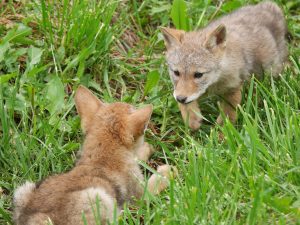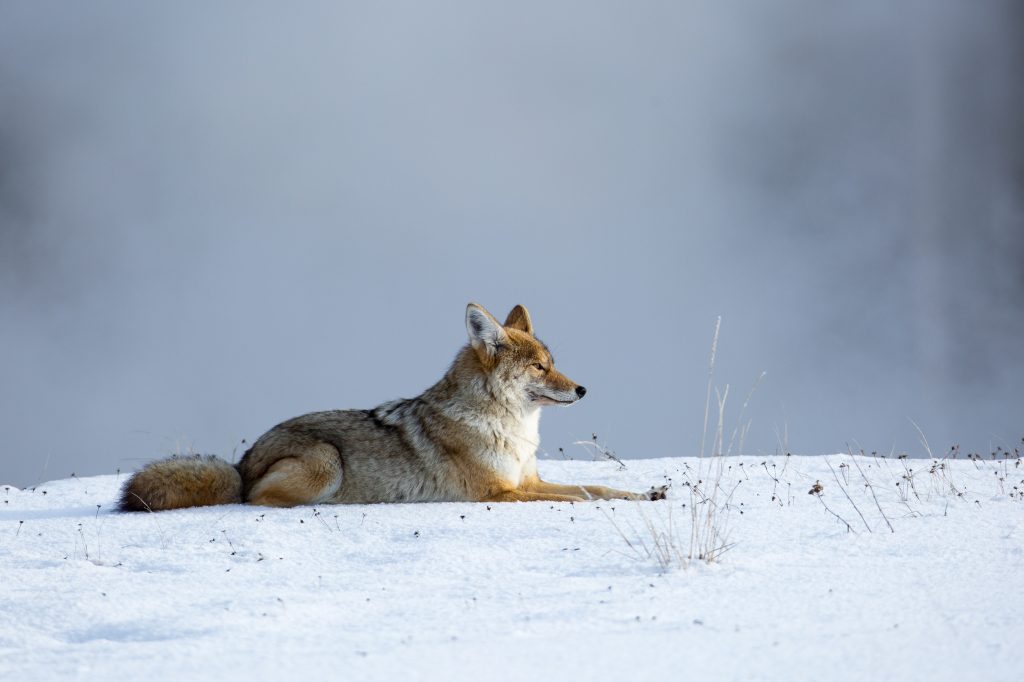I’d always been rather domestic but recently took a trip to the wild side. Interning at a wildlife rescue taught me so much and changed my perspective about the world around me. Working with wildlife fostered a deeper love for nature and one thing became incredibly clear: coexistence is key.
 Living in urban areas, our relationship with wildlife can easily become strained and that’s not something that is easy to correct. The perceived danger that wildlife may pose to our pets, our children, and ourselves can sometimes lead to the unnecessary destruction of native species but we must always remember that more often than not, they were here first. And, importantly, that it is possible to coexist peacefully with wildlife in a ways that benefit both them and us.
Living in urban areas, our relationship with wildlife can easily become strained and that’s not something that is easy to correct. The perceived danger that wildlife may pose to our pets, our children, and ourselves can sometimes lead to the unnecessary destruction of native species but we must always remember that more often than not, they were here first. And, importantly, that it is possible to coexist peacefully with wildlife in a ways that benefit both them and us.
Recently, coyotes have come under fire. Reports of them being spotted in urban areas including Montreal have led to panic and concern. So, first things first, let’s clear up some of the most common questions about coyotes.
Why are coyotes here in Montreal?
Coyotes are a highly adaptive species known for being intelligent and family-oriented. Urban areas have a created a niche for them free from competition and from predators, like bears and wolves, but home to plenty of prey, like rodents and rabbits, and plenty of additional food resources, such as what they scavenge in our garbage and compost.
Are they going to eat my dog or cat?
Coyotes are omnivorous and mainly eat rodents, rabbits, and local vegetation. They do not predate on dogs. Dogs are more likely seen as competition for their resources and they may fight with them as a result. Two recent studies suggested that less than 2% of their food source was domestic animals. And additionally, the study was unable to determine if that 2% came from animals that coyotes had hunted themselves or from carrion, such as domestic animals who had been killed by cars.
Are they going to hurt my children?
Coyotes are not likely to hurt children. They are curious animals and watch what is happening around them. Juvenile coyotes are similar to puppies and seeing children playing with toys like balls can evoke play behaviour in them. If you see a coyote nearby and want to scare it away, make loud noises and throw objects toward but not at it. Slowly back away while maintaining eye contact. Never turn your back and run.
Do they chase people?
Coyotes will not see a person as prey. Remember, they usually prey on small rodents like mice and rabbits. Even a child is much bigger than that. However, they are canids and will chase something that runs from them, just like a pet dog would. So it’s important never to run. Always stand your ground, maintain eye contact, and make loud noises.
How do we get rid of them?
Organizations like the Montreal SPCA and Coyote Watch Canada do not recommend relocating coyotes. It is not proven to be successful, is difficult to accomplish, and is often only a temporary solution. The real problem stems from issues like feeding wild animals, improper garbage disposal, and keeping dogs off-leash in areas known to have wild animals. Relocating doesn’t work. The odds are the new area is already home to coyotes and there will be territoriality issues often leading to the death of the relocated coyote. It can break up family units, which can lead to the death of pups who no longer have both of their parents to care for them.
So what should we do?
I believe we should strive for peaceful coexistence. If we take precautions and adjust our own behaviour, we can prevent conflicts between ourselves and wildlife species. This can be done through simple actions and adjustments.
- Do not feed wildlife.
- Dispose of garbage and compost in sealed containers and on garbage pick up days, put out your garbage after 6am.
- Do not leave birdseed on your lawn as it may attract rodents which may in turn attract coyotes to your property.
- Keep pets under supervision when they are outdoors and keep their food and water bowls inside as much as possible.
- Do not approach coyotes, their pups, or their dens. They avoid human contact but may attack when provoked, sick, or injured.
By acting with caution, compassion, and empathy, we can achieve harmonious solutions that allow ourselves and coyotes to thrive independently and without conflict. Rather than relocating them, thereby sweeping the problem under the rug, we must accept that they are here and adjust our own behaviour to accommodate that. There is no reason why we can’t work toward a peaceful coexistence with coyotes and other wildlife species.
 Montreal Dog Blog Montreal's Online Dog Park
Montreal Dog Blog Montreal's Online Dog Park


